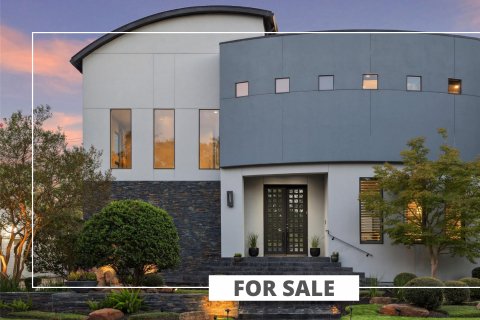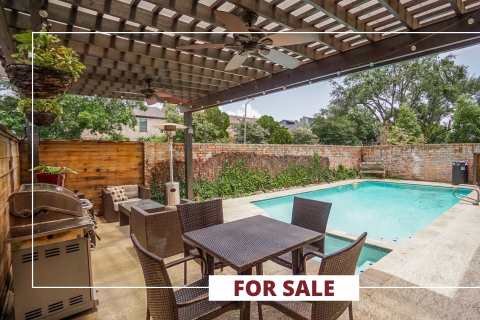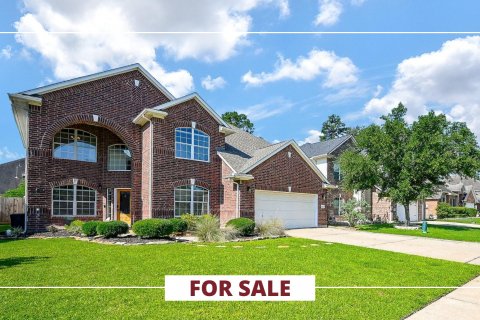The King of Kitchens Reveals What Works, What’s New, What’s Timeless and How Texas Fits In — Christopher Peacock Shares His Secrets
The PaperCity Interview
BY Courtney Dabney // 08.11.22Christopher Peacock was at the forefront of the white kitchen trend, popular for its timeless nature. Photo by Jessica Delaney, Interiors by Eric Roseff Weston.
British-born designer Christopher Peacock began his career in the early eighties working at Terence Conran’s furniture store in London. He later moved across the pond and launched his eponymous Christopher Peacock Cabinetry in 1992. It all sprouted from a kitchen display in a small store in Greenwich, Connecticut, leading to a storied career.
Although his company crafts all manner of cabinetry ― from bathrooms and dressing rooms to even mud rooms ― Peacock is most notable for having launched many of the trends that now pervade kitchen design.
This year marks Christopher Peacock’s 30th year in the design business and in this exclusive PaperCity interview, he looks back, rehashing his successes and peers ahead at what’s coming next.

As we spoke and thought through the massive shift that has happened in, not only kitchen design, but also in home design during the course of Peacock’s 30-year career, it dawned on both of us how these design changes have empowered women.
You see, great estates in Europe always positioned their kitchens (sculleries) well out of view. The servants were to stay behind the scenes — to such a degree that many houses even built in separate passageways so the servants would never bump into the family members or their guests. Like the necessary barn or stable, the kitchen space was a work area. Out of sight, out of mind.
In fact, the Oxford definition of scullery is “a small kitchen or room at the back of a house used for washing dishes and other dirty household work.” And so it was from time immemorial.
As homes were built in America those age-old design features persisted. Kitchens were cordoned off from the rest of the house. As America’s suburbs were quickly populated in the 1950s the kitchen was merely an efficient space for a housewife to get supper on the table and do the washing up. While the man of the house enjoyed his pipe and slippers.
So called “women’s work” remained very much back-of-house and out of sight.
“When I began my career, kitchens were very utilitarian, with no beauty,” Peacock tells PaperCity.
Of course, these days, cooking and cleaning are no longer considered “women’s work” and the kitchen is now an integral part of the home. They are no longer tucked away out of sight. Instead, open kitchens are now the norm.
“I’ve seen this change in living style,” Peacock says. “Now the kitchen is essentially a living room that we cook in. Kitchens are now the focal point of most homes, often setting the tone for the rest of the home’s design, not the other way around.
“That’s why they need to be everlasting and timeless.”
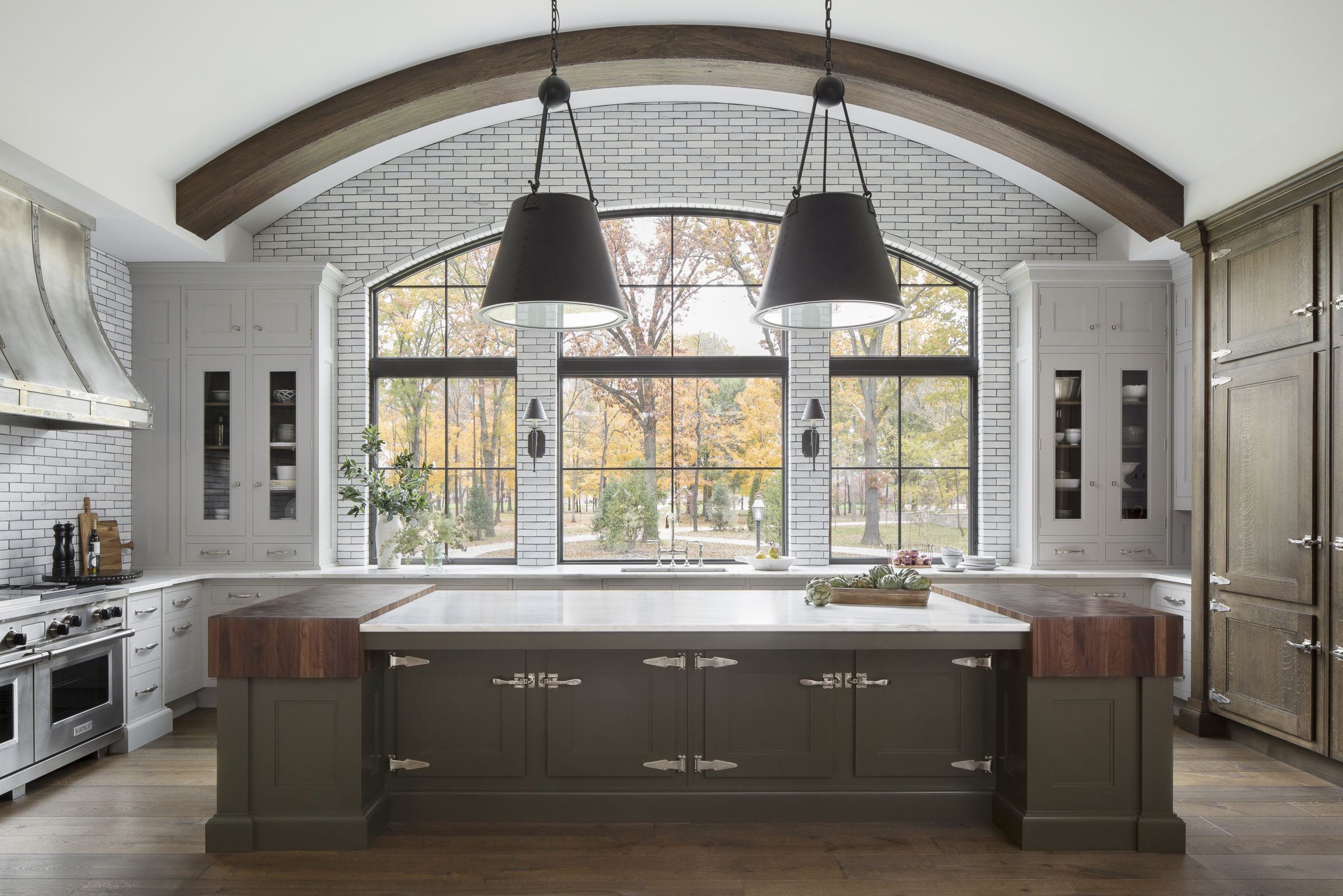
Peacock is heralded for bringing a European polish and charm to the previously bland American kitchen design. His cabinetry stripped away that builder basic suburban sensibility and introduced the “furniture look” to American kitchens. It was a style he grew up with, so it was nothing new to him, but it proved to be a revelation for the industry.
“I grew up in England surrounded by it,” Peacock says. “Most homes had a history, so spaces and kitchens naturally evolved, adding found furniture pieces to the mix over time.
“It’s nothing I can take credit for. It’s simply what I knew. The kitchen is a workhorse of a room, where people unload their groceries, or their dishwasher, where children do their homework and people entertain friends over a glass of wine.”
Exploring how a space is used is part of the discovery of how it needs to work, Peacock believes. That’s why he and his team of designers take a holistic approach to their design.
“The process begins when I’m driving up to the house, and continues as you journey into the space,” Peacock says. “When people come to us they come with a vision of how they are going to live in the space.
“But we need to know how the family actually lives in it. What happens there on a Saturday morning? And how it’s used on a weeknight? So, when we leave, it just works for them.”
Peacock remembers a story from his early days. “One of my first installations was in Greenwich, and it has set the tone for everything that came after,” he says. “I was meeting a client who wasn’t known for being warm and fuzzy, and I remember being so nervous to see if he’d like what I had done that I was determined to never feel that way again.
“I think that’s why I’m always going to try to outdo myself in every design.”
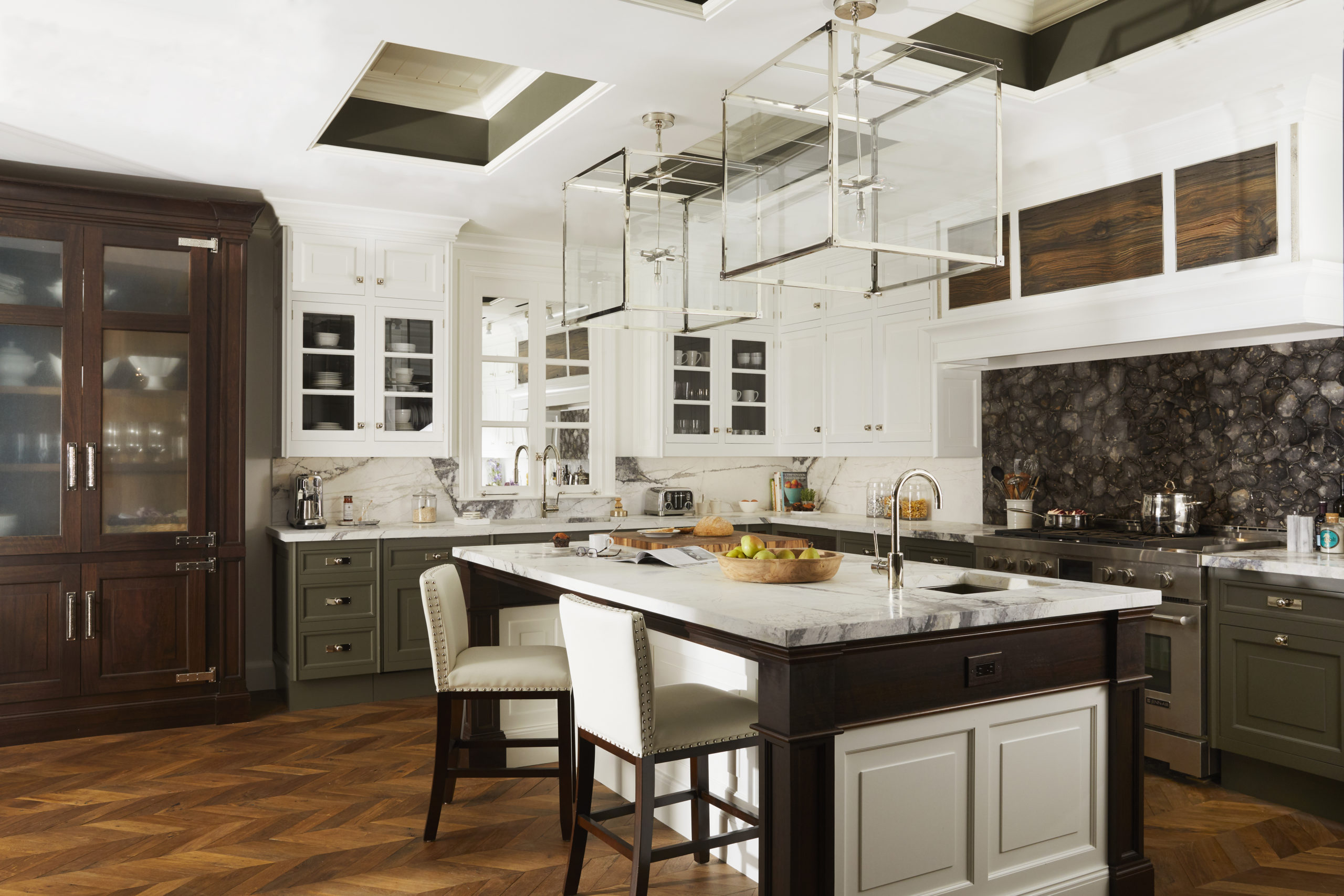
Post pandemic Peacock says he’s seen a steady uptick in past clients requesting minor updates to their 20-year-old kitchens that he designed. Mostly a fresh coat of paint, or updated hardware, but the designs and their functionality remain timeless and beloved by homeowners.
“We don’t build cabinetry that’s meant to be disposable,” Peacock says. “It’s meant to last a lifetime.”
Peacock’s kitchens mean beautifully hand-crafted, British inspired cabinetry. It’s all American made-to-order — in the heart of West Virginia.
With 10 current showrooms spread across America, Europe and Asia, Peacock still has plans to further expand his existing reach.
With the massive growth in North Texas, it’s no surprise that Peacock’s Dallas Showroom is doing quite well. While his next showroom to open is set for Palm Beach, Florida in the spring of 2023, he also has his sights set on Arizona (perhaps Scottsdale) and Seattle for future outposts. Planting another showroom in Texas also might be on the horizon, Peacock tells PaperCity.
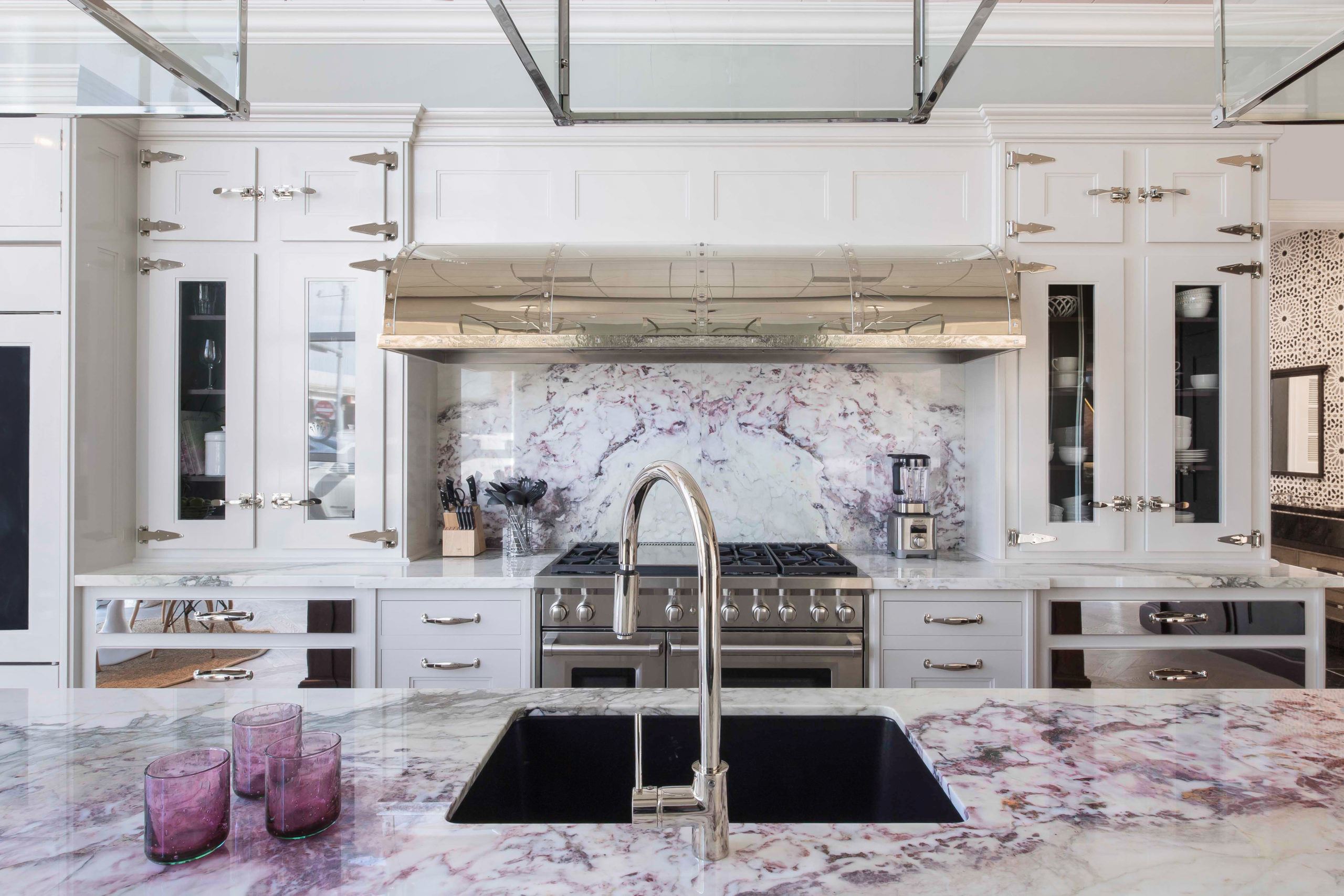
“I love Texas,” Peacock says. “The people there are very well traveled, so it’s a sophisticated clientele.
“I did two projects in Fort Worth many years ago. It was during the Christmas season, and I was so impressed by how much care and expense people went to — in showcasing and decorating their homes. I knew it would be a good fit. So Fort Worth was actually the catalyst for coming to the Texas market to begin with.”
Christopher Peacock Sees the Future
How did white kitchens become Christopher Peacock’s signature?
When he opened his first showroom in Greenwich, Peacock says all he was seeing and designing was pretty, but also highly decorated — and with a rich color palette. That was the saturated style in the 1980s and 1990s.
“When I was moving into my space, I felt the need to react against that predominant trend,” Peacock says. “So I put up a pure white kitchen with a white subway tile backsplash, and it just took off ― it’s still taking off really.
“White kitchens are timeless, fresh and clean. And they are easy to update because they go with any decor. But whites are on the wane.”
As far as color is concerned, we might be seeing a similar reaction to those all-white kitchens beginning to take over. Rather than all white or even newer designs using four or five coordinating colors, Peacock is noticing a certain shift.
“The chic monochromatic look is still coming,” he says. “Kitchens with often surprising tones like all over charcoal gray, or even bolder emerald greens are what’s next. All one hue.”
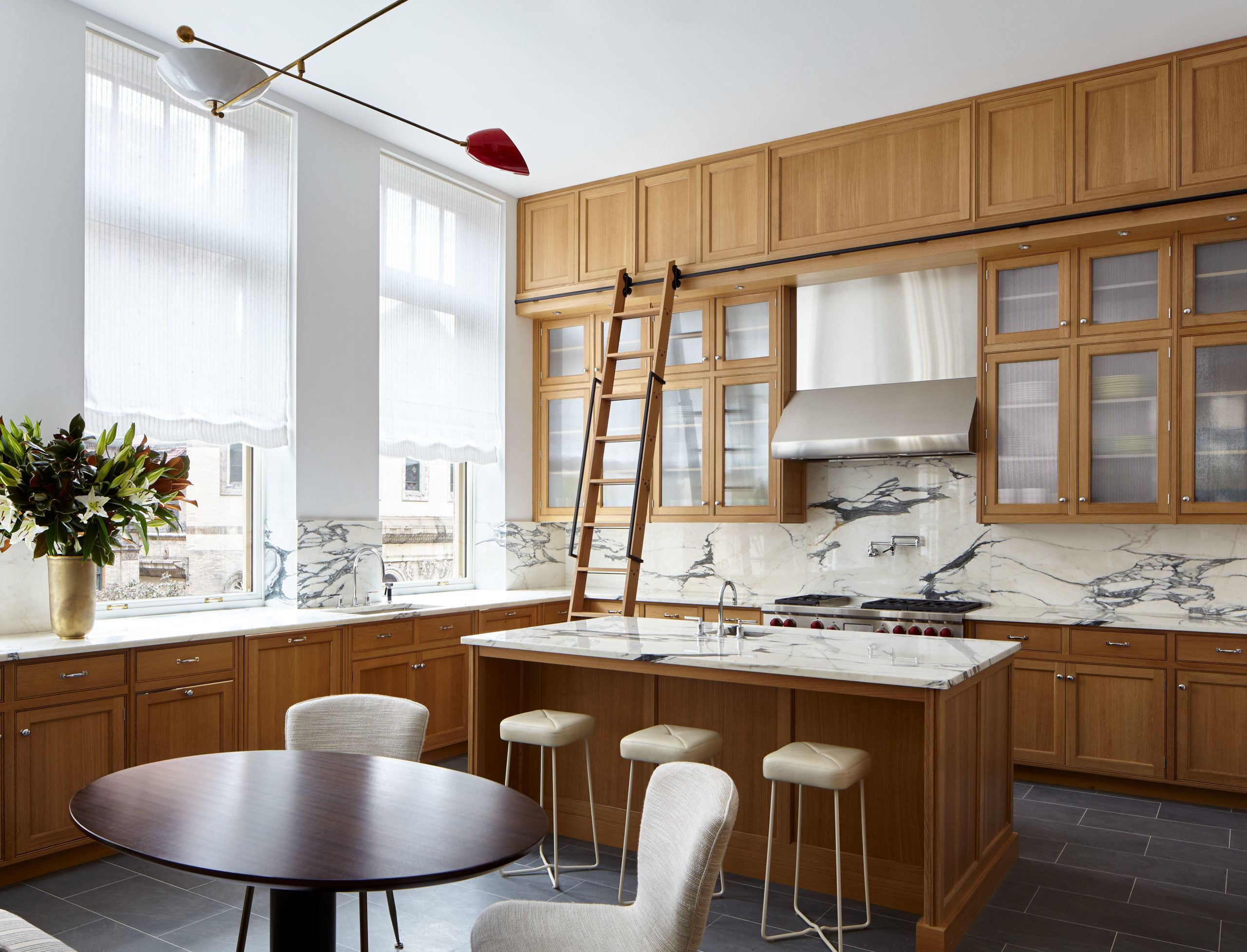
Beyond that, wood tones are making a comeback.
“We are doing more and more where wood cabinetry is the predominant material,” Peacock says. “Light woods are still popular ― like walnut and oak. But I think the next big trend is really a clash of styles. Sleek cabinetry topped with more traditional moldings. Antique wood floors married to clean cabinets. It’s going to be a mix of styles.”
Whatever the style trend, Christopher Peacock seems to be one step ahead. He’s leaning into his fourth decade of designing with as much passion as ever. That’s why homeowners and designers alike are still happily following the leader.


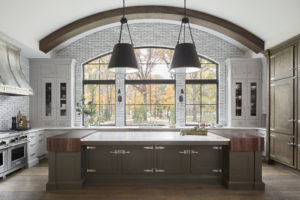
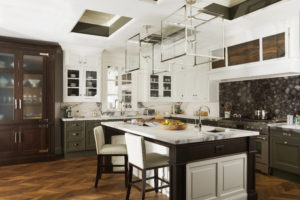














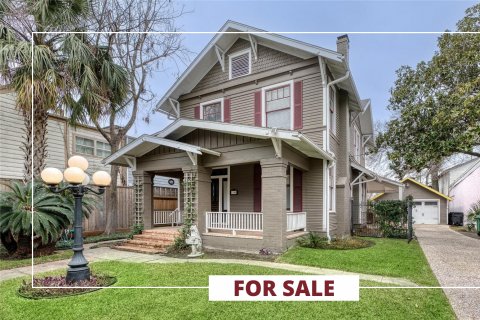

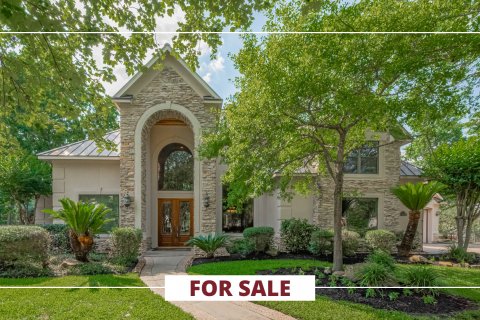

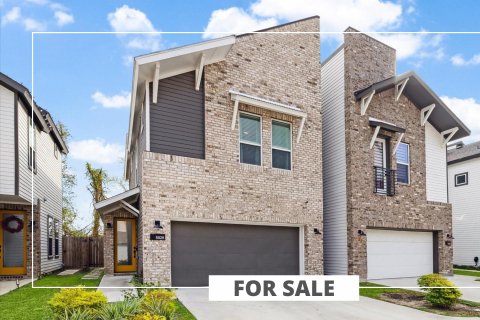



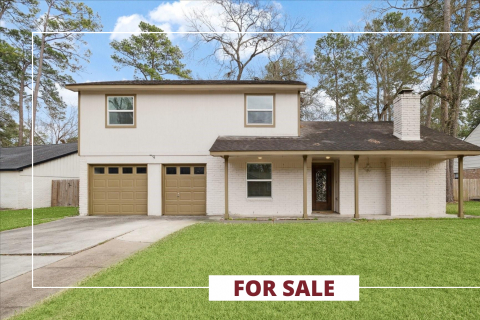

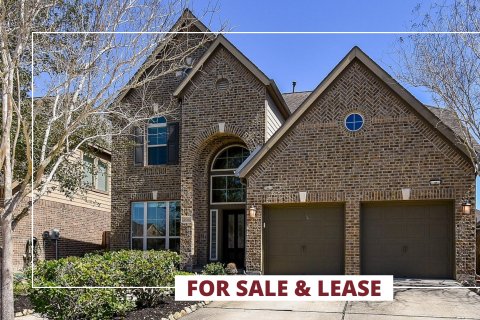

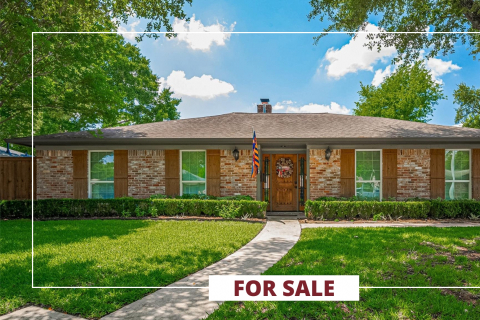



_md.jpg)


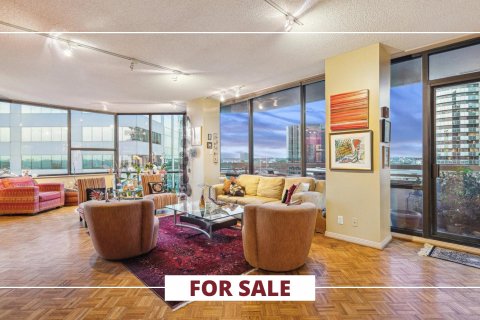



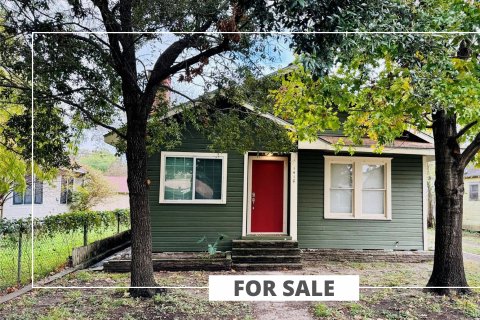


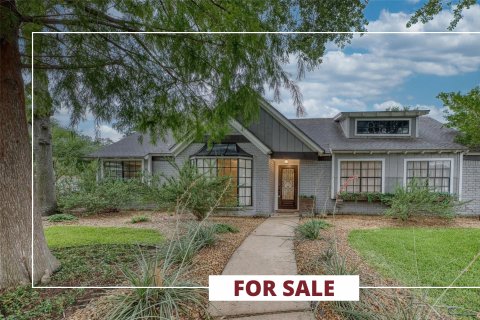
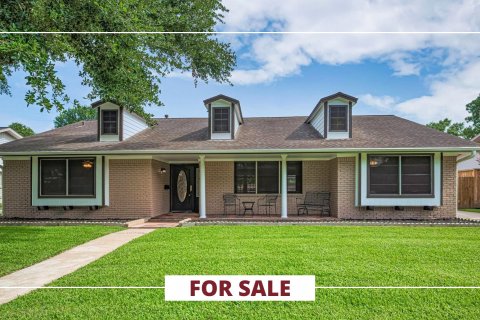

_md.jpg)
_md.jpg)
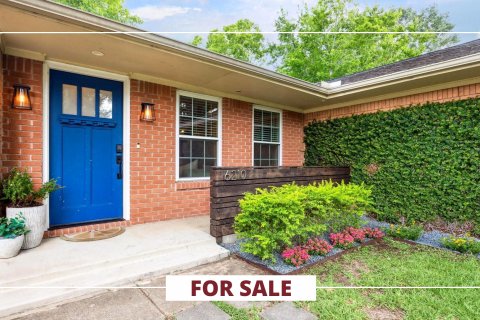


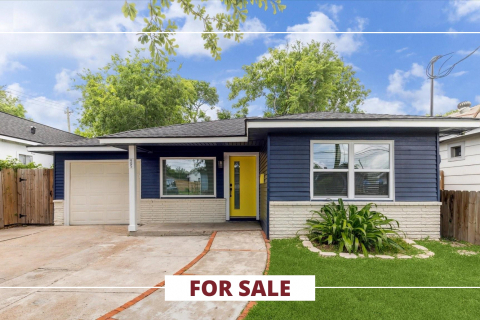
_md.jpg)
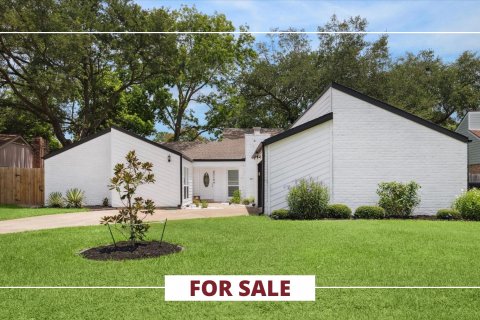


_md.jpg)
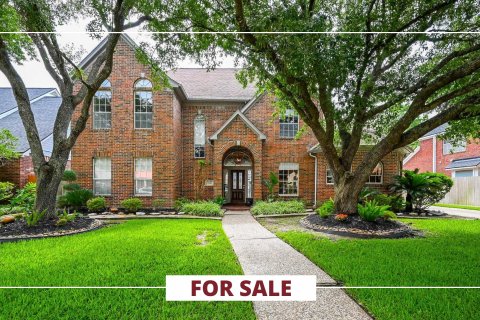
_md.jpg)
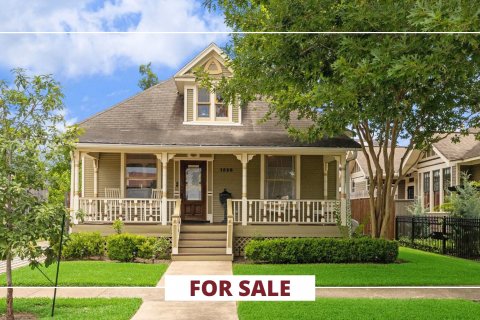
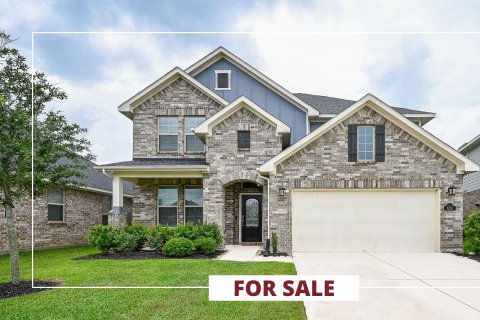
_md.jpg)



_md.jpg)
_md.jpg)

